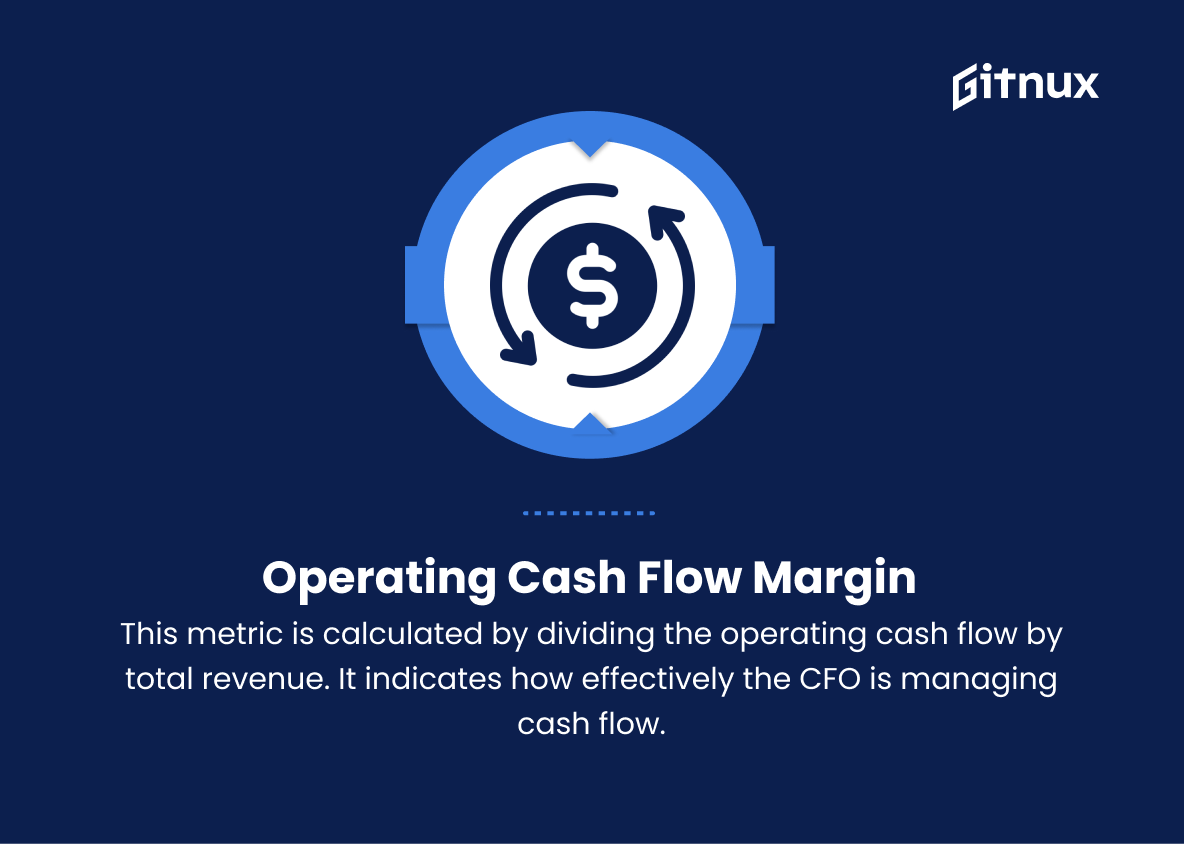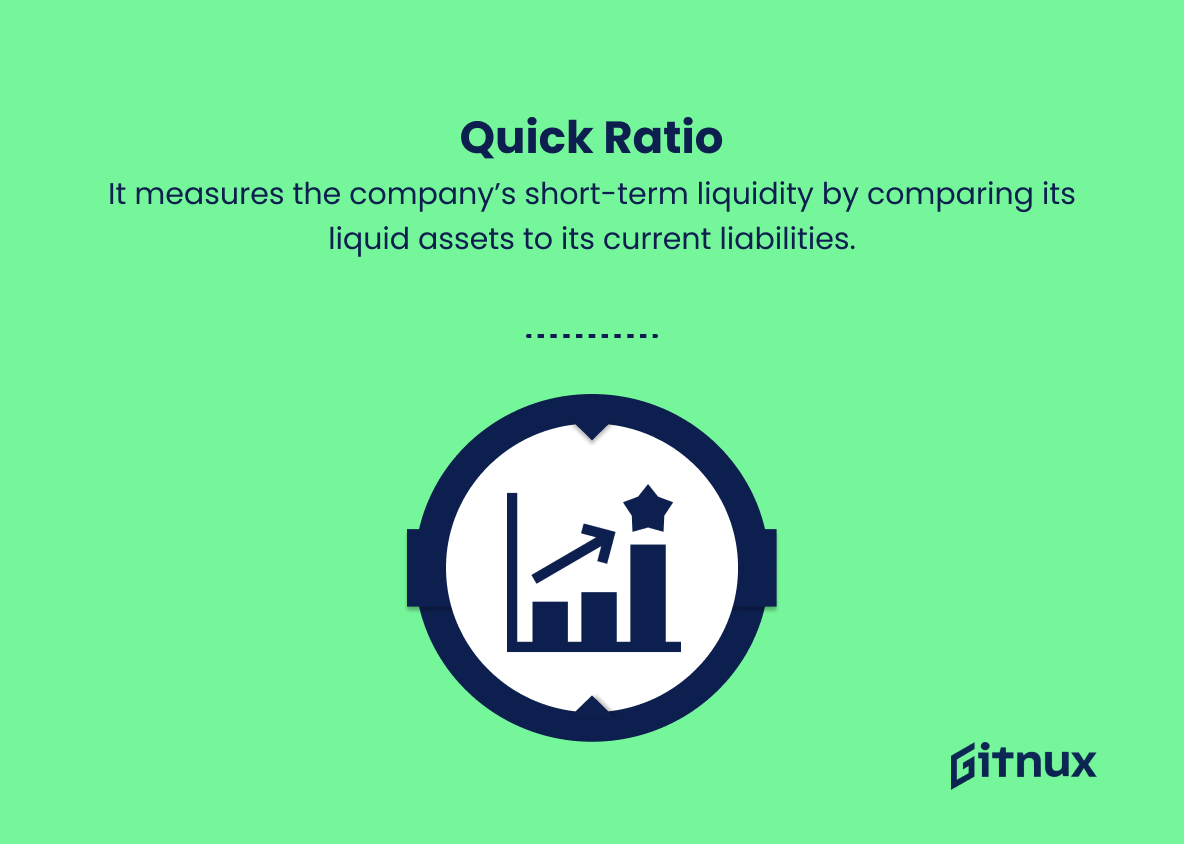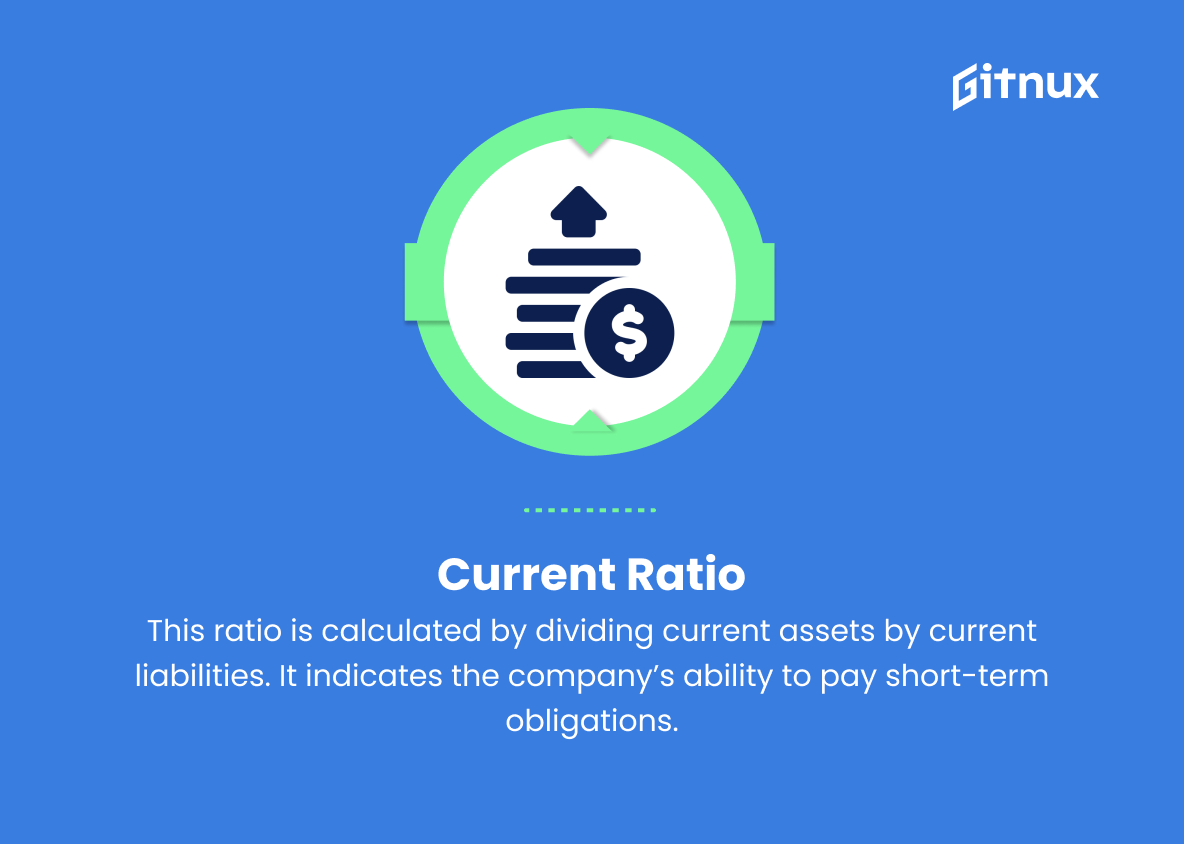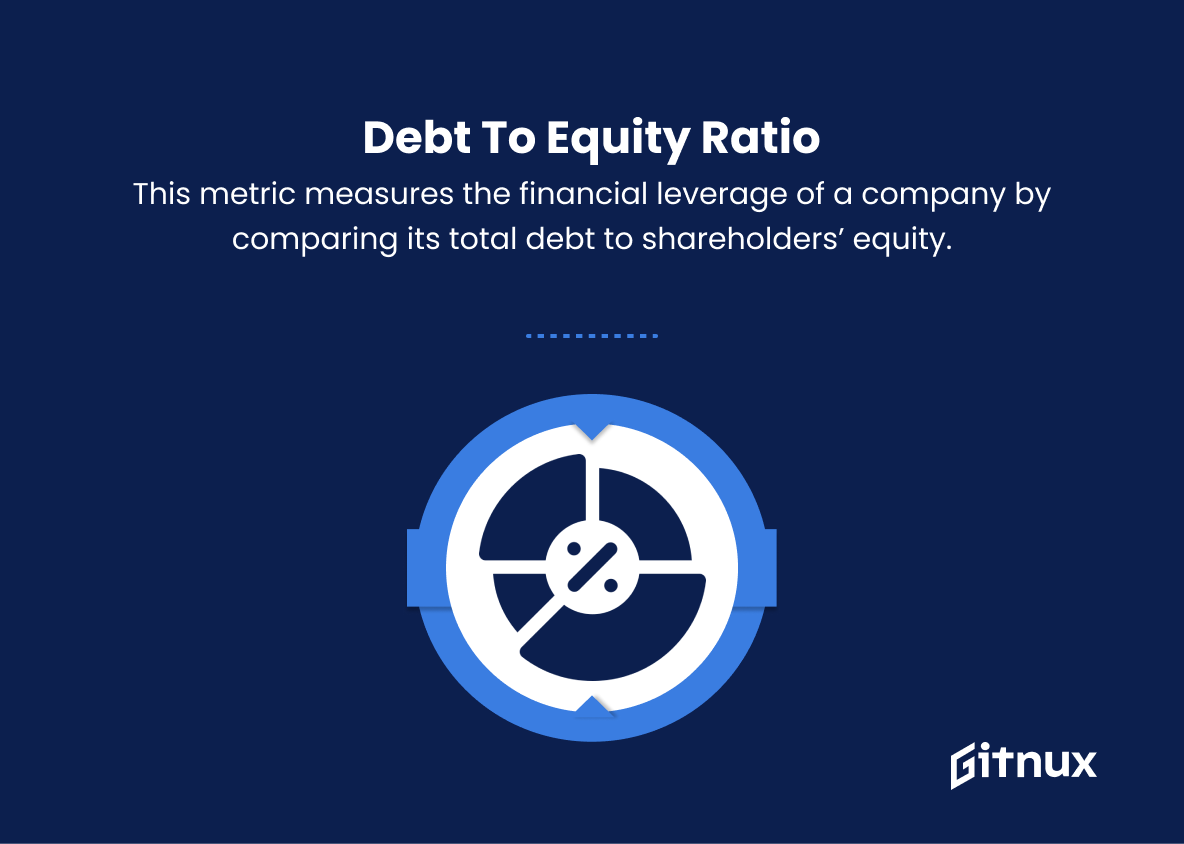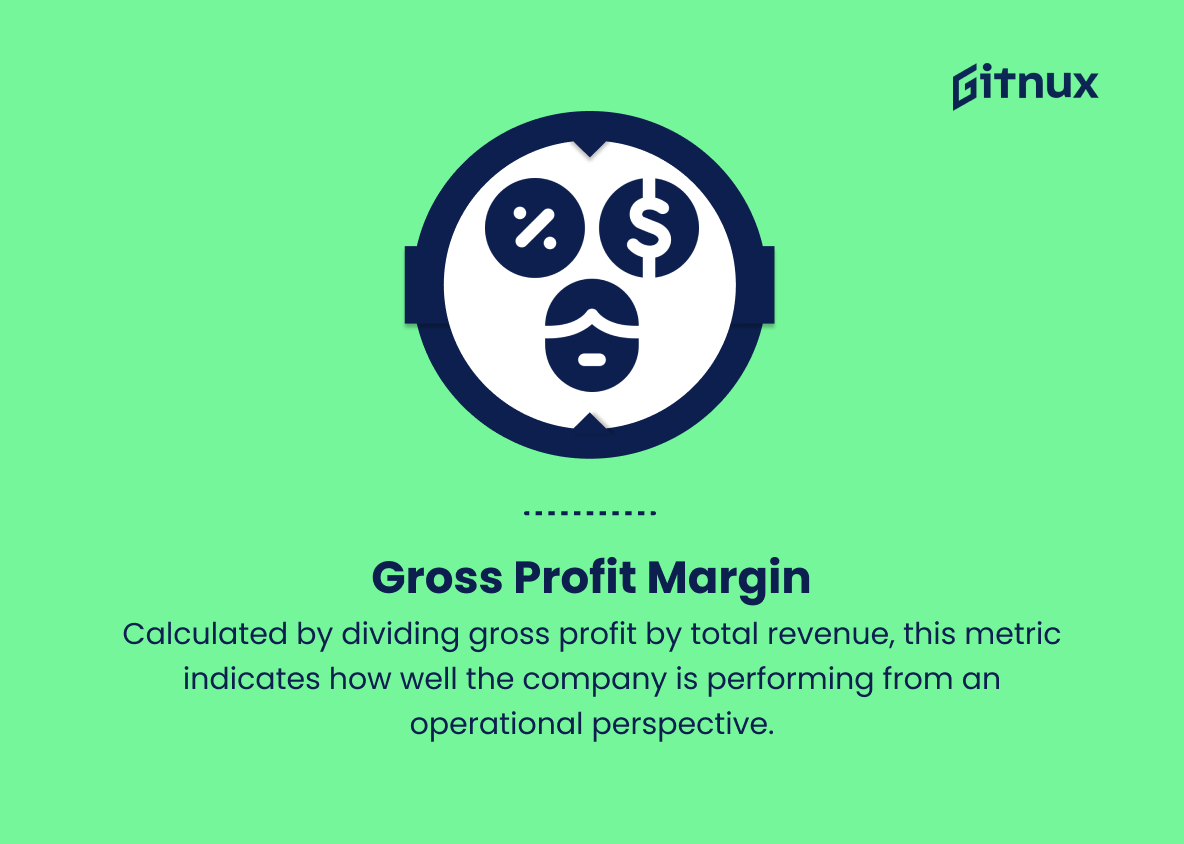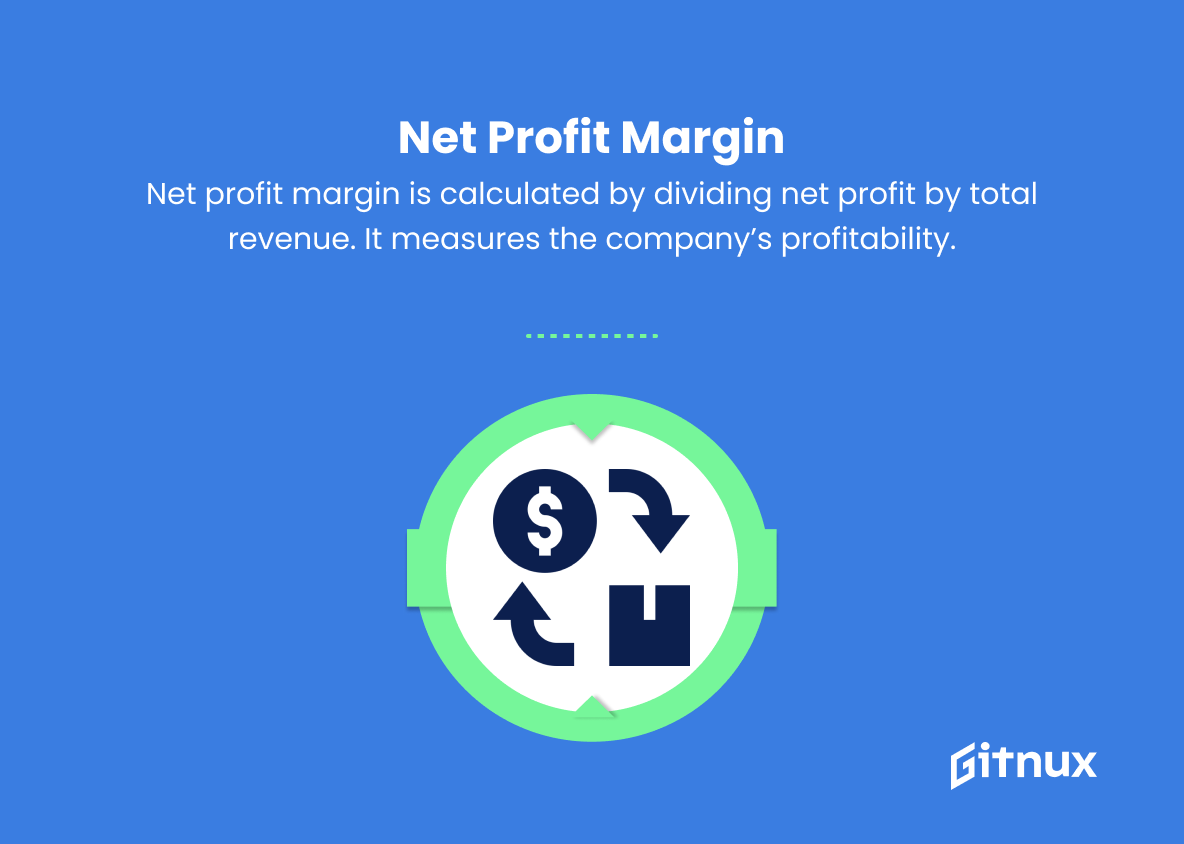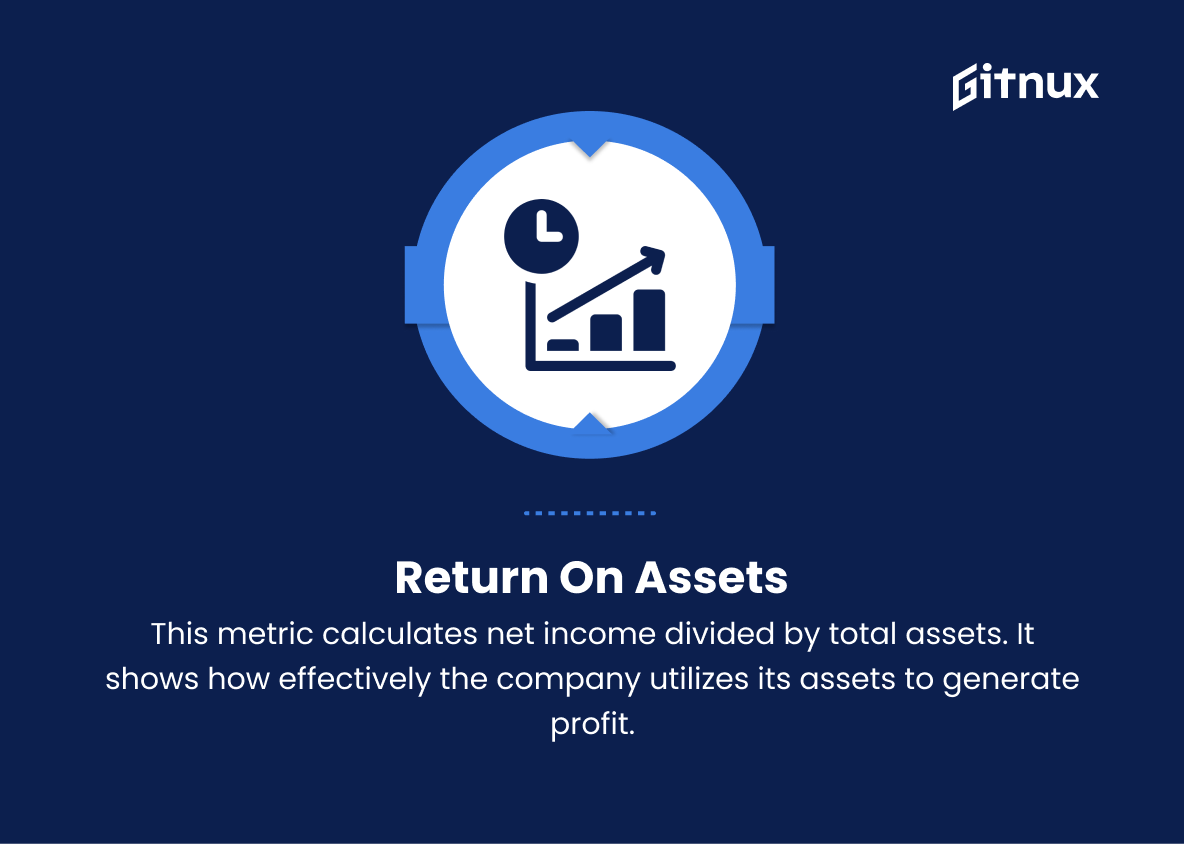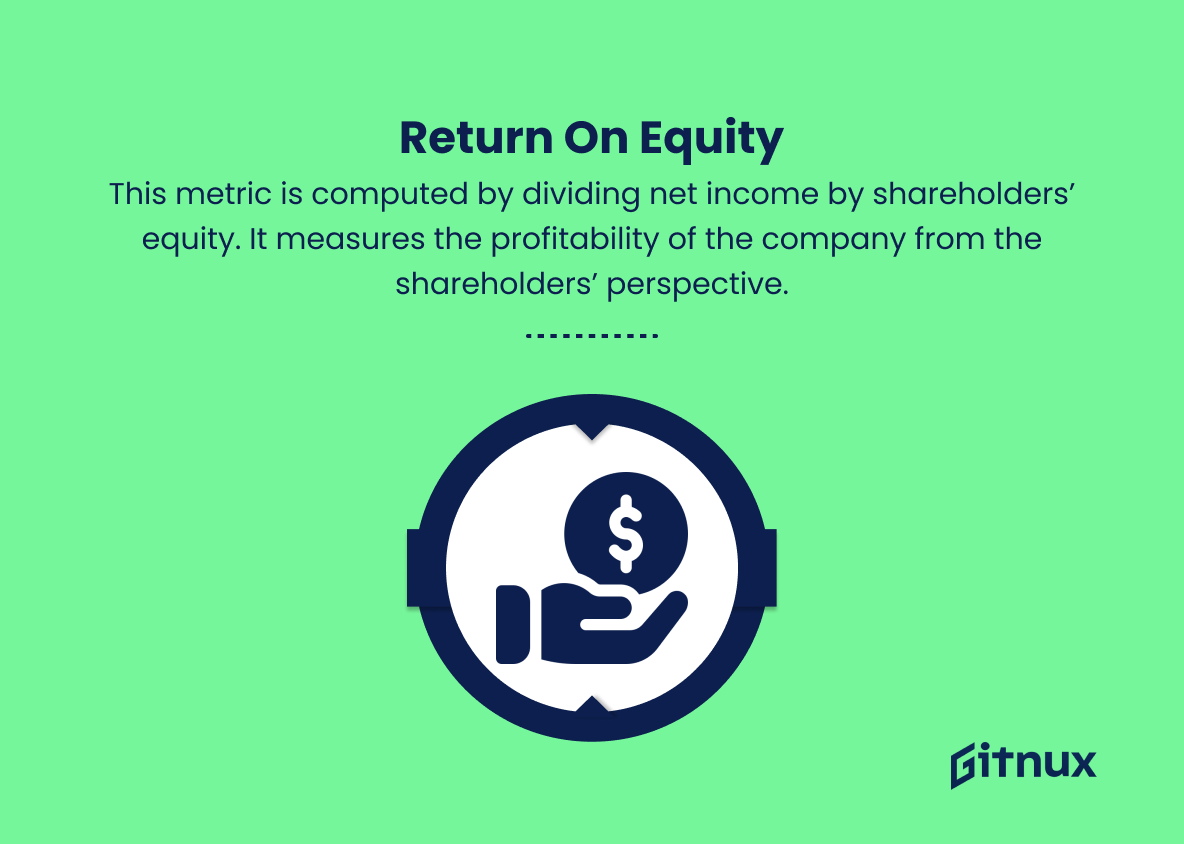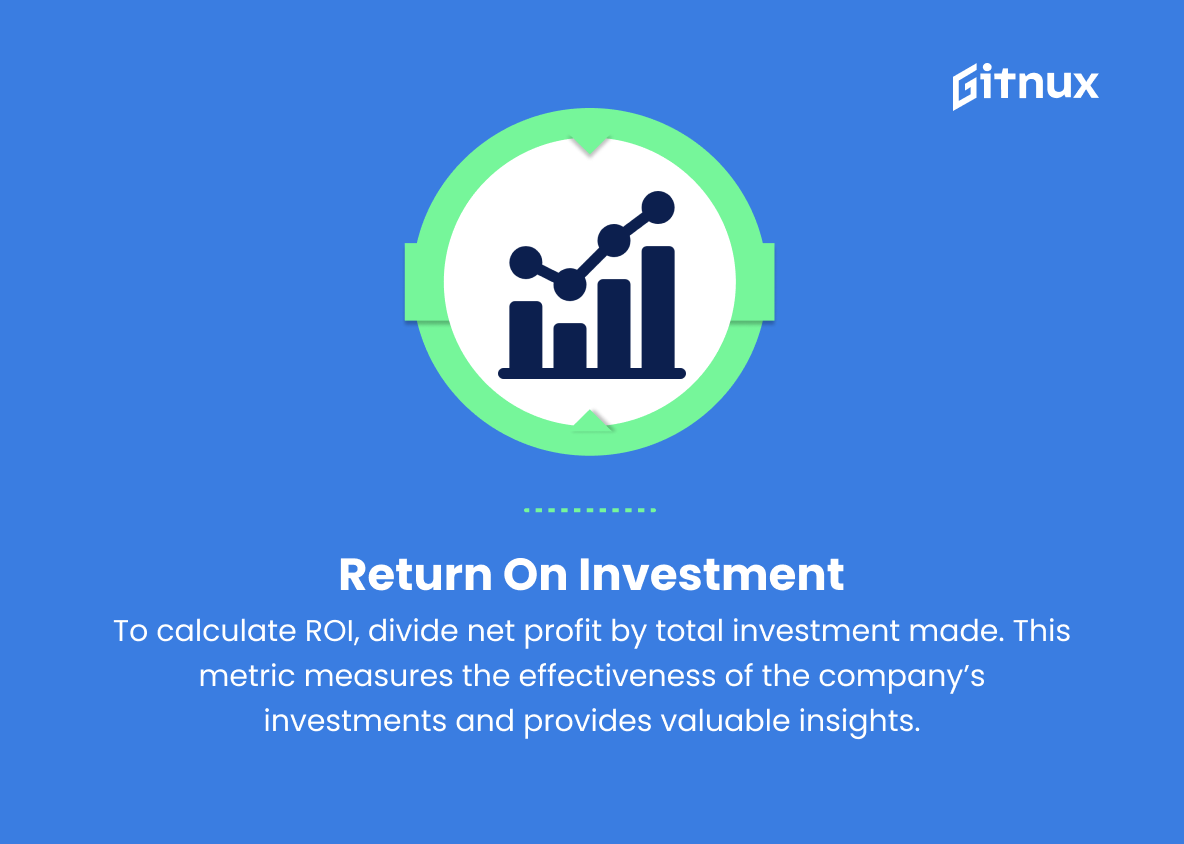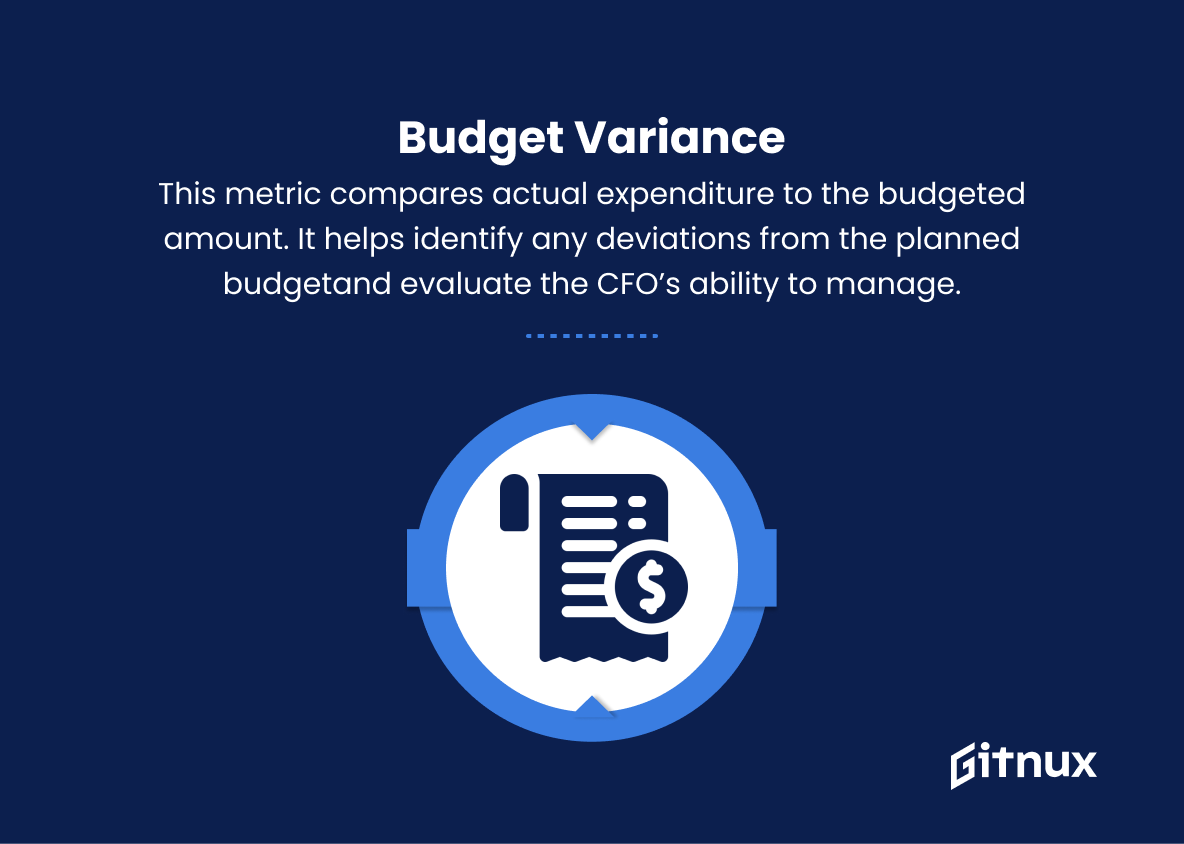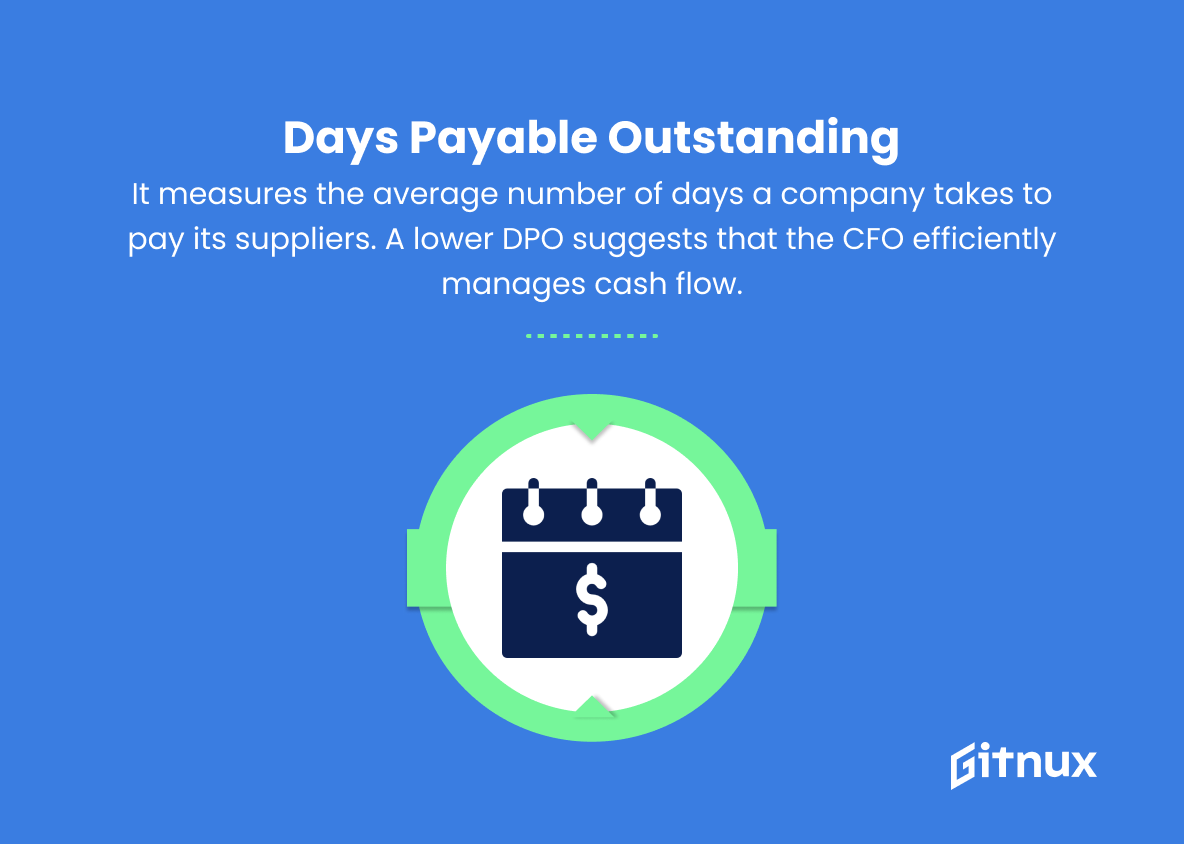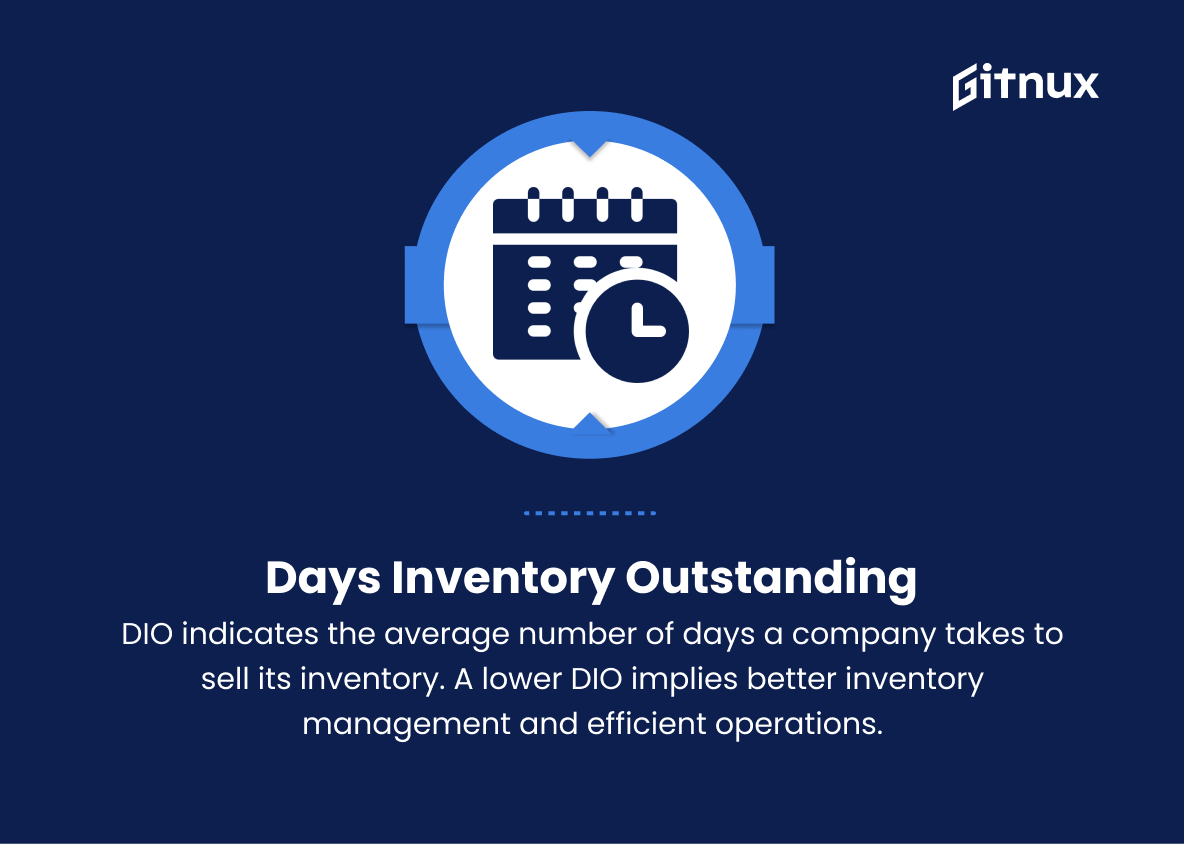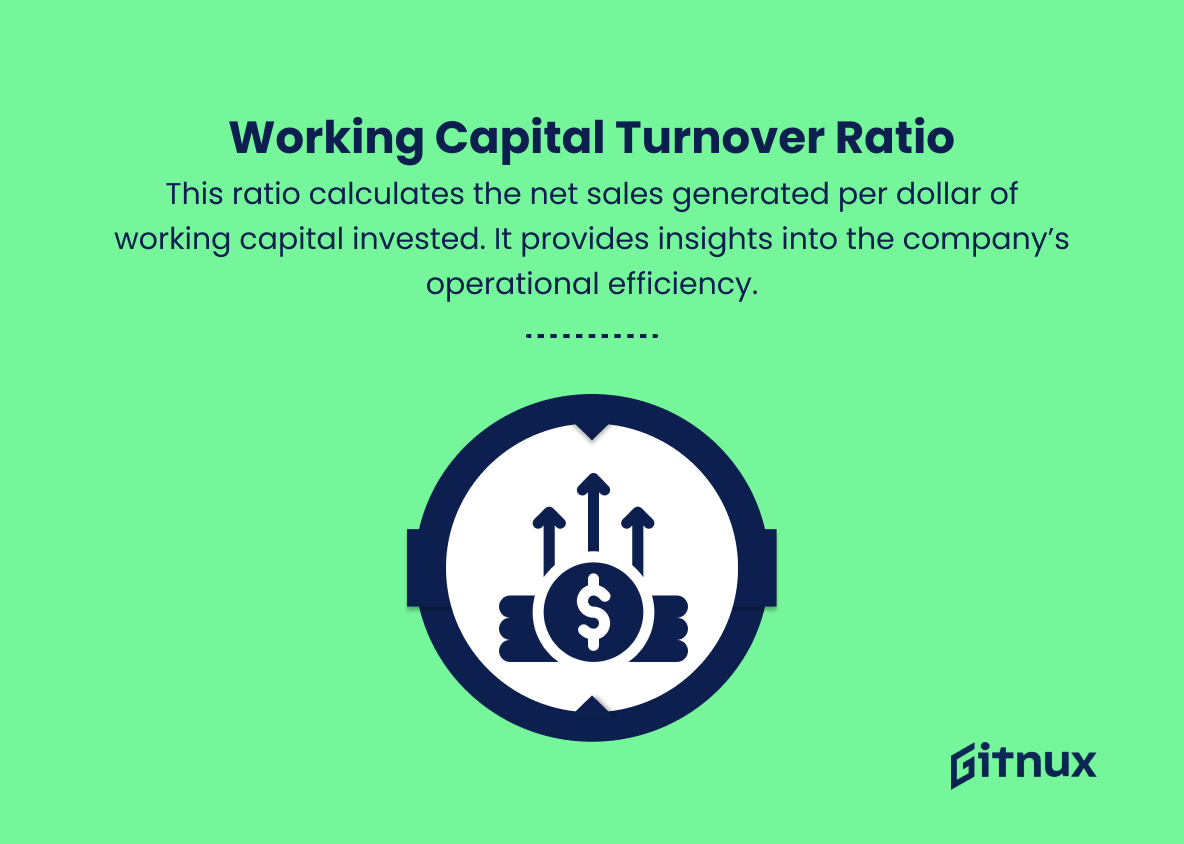The role of a Chief Financial Officer (CFO) has significantly evolved over the years, transitioning from mere number-crunching to becoming a strategic partner in driving business growth and success. In today’s dynamic and competitive business landscape, it is crucial to measure the performance of a CFO in terms of deliverables beyond traditional financial metrics. This blog post will delve into the world of CFO performance metrics, exploring both established and emerging indicators that not only encompass financial dimensions, but also incorporate broader strategic, operational, and customer-centric aspects. By gaining a comprehensive understanding of these metrics, organizations will be better equipped to evaluate their CFOs and ensure alignment with overall corporate goals, ultimately driving improvement and optimizing financial performance.
Cfo Performance Metrics You Should Know
1. Operating Cash Flow Margin
This metric is calculated by dividing the operating cash flow by total revenue. It indicates how effectively the CFO is managing cash flow and revenue generation for the business.
2. Quick Ratio
Also called the acid-test ratio, it measures the company’s short-term liquidity by comparing its liquid assets to its current liabilities. A higher quick ratio indicates a stronger financial position.
3. Current Ratio
This ratio is calculated by dividing current assets by current liabilities. It indicates the company’s ability to pay short-term obligations.
4. Debt to Equity Ratio
This metric measures the financial leverage of a company by comparing its total debt to shareholders’ equity. A lower debt-to-equity ratio implies a more stable financial situation.
5. Gross Profit Margin
Calculated by dividing gross profit by total revenue, this metric indicates how well the company is performing from an operational perspective by measuring the proportion of revenue that goes towards covering costs.
6. Net Profit Margin
Net profit margin is calculated by dividing net profit by total revenue. It measures the company’s profitability and provides insights into how efficiently the CFO is managing expenses.
7. Return on Assets (ROA)
This metric calculates net income divided by total assets. It shows how effectively the company utilizes its assets to generate profit.
8. Return on Equity (ROE)
This metric is computed by dividing net income by shareholders’ equity. It measures the profitability of the company from the shareholders’ perspective and indicates how well the CFO is managing investors’ funds.
9. Return on Investment (ROI)
To calculate ROI, divide net profit by total investment made. This metric measures the effectiveness of the company’s investments and provides valuable insights into the success of the CFO’s capital allocation decisions.
10. Budget Variance
This metric compares actual expenditure to the budgeted amount. It helps identify any deviations from the planned budget and evaluate the CFO’s ability to manage and control spending.
11. Days Sales Outstanding (DSO)
This metric calculates the average number of days it takes for the company to collect payment from customers. A lower DSO indicates a more effective credit and collection management process.
12. Days Payable Outstanding (DPO)
It measures the average number of days a company takes to pay its suppliers. A lower DPO suggests that the CFO efficiently manages cash flow and maintains good relationships with suppliers.
13. Days Inventory Outstanding (DIO)
DIO indicates the average number of days a company takes to sell its inventory. A lower DIO implies better inventory management and efficient operations.
14. Working Capital Turnover Ratio
This ratio calculates the net sales generated per dollar of working capital invested. It provides insights into the company’s operational efficiency and how effectively the CFO manages working capital.
15. Earnings Before Interest, Taxes, Depreciation, and Amortization (EBITDA)
This metric measures a company’s operating performance before accounting for non-cash expenses and the cost of capital. It allows for easier comparison between companies with different capital structures and depreciation policies.
Cfo Performance Metrics Explained
CFO performance metrics are crucial in evaluating the financial health and operational efficiency of a company. These metrics, such as the Operating Cash Flow Margin, Quick Ratio, Current Ratio, and Debt to Equity Ratio, help in assessing a company’s liquidity, leverage, and ability to generate revenue while managing cash flow. Profitability metrics like the Gross Profit Margin, Net Profit Margin, and Return on Assets (ROA), provide insight into the management of expenses and effective utilization of assets. Moreover, Return on Equity (ROE) and Return on Investment (ROI) help analyze how well the CFO is managing shareholders’ funds and making investment decisions.
Monitoring budget variance aids in understanding the CFO’s capabilities in controlling spending, while Days Sales Outstanding (DSO), Days Payable Outstanding (DPO), and Days Inventory Outstanding (DIO) determine effective credit, collection, and inventory management. The Working Capital Turnover Ratio is an indicator of operational efficiency, and Earnings Before Interest, Taxes, Depreciation, and Amortization (EBITDA) allows for easier cross-company comparisons. Overall, these metrics provide a comprehensive evaluation of the CFO’s performance in managing the company’s financial well-being.
Conclusion
In conclusion, the CFO performance metrics are critical tools that evaluate the efficiency and effectiveness of a Chief Financial Officer in managing an organization’s financial health. By carefully tracking these key indicators, businesses can ensure their financial leaders are aligning their efforts with the company’s goals and delivering value to investors and stakeholders. Continually monitoring and adapting to these metrics enables CFOs to drive improvements in strategic decision-making, risk management, and overall financial performance. Ultimately, a solid understanding and implementation of CFO performance metrics will only serve to benefit an organization and its growth trajectory.
